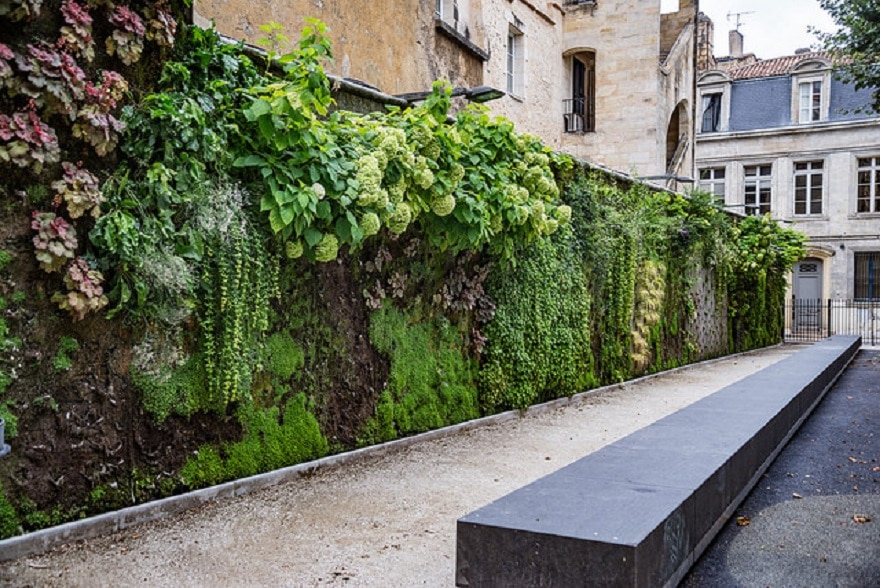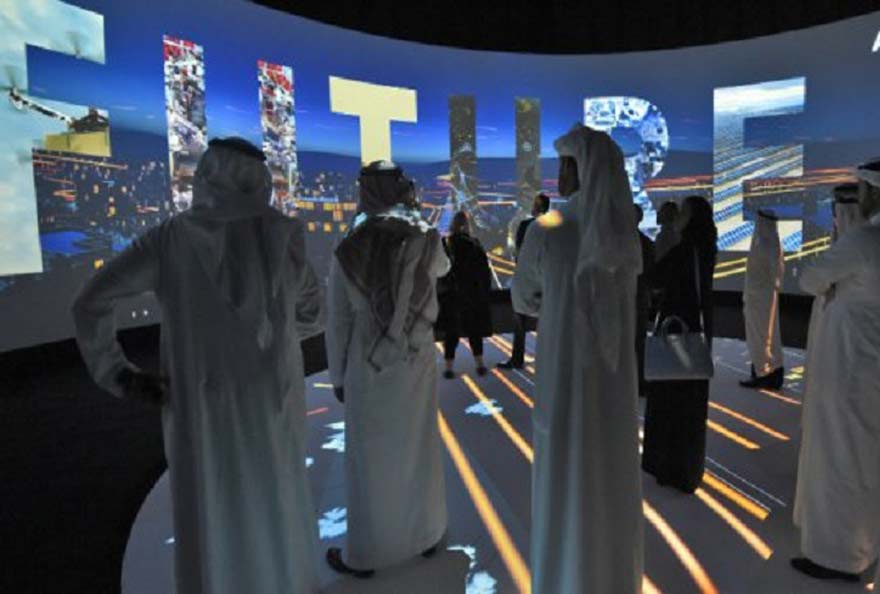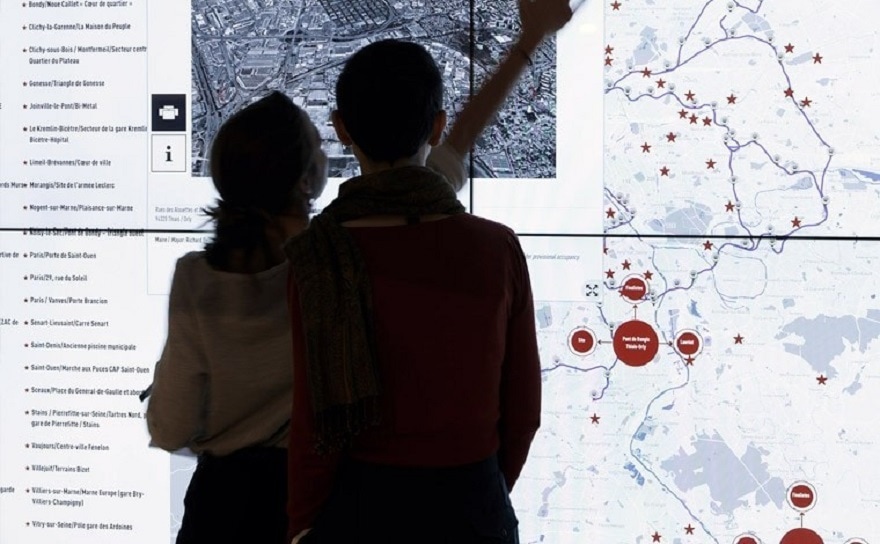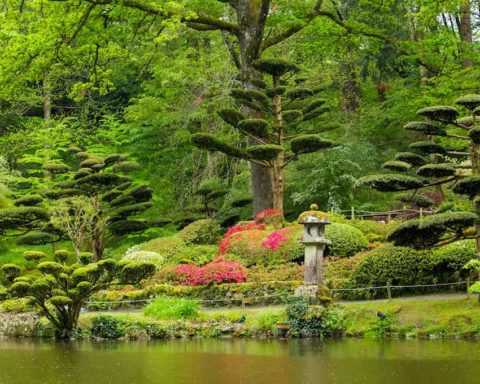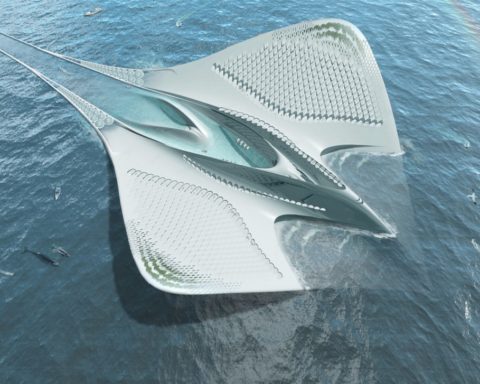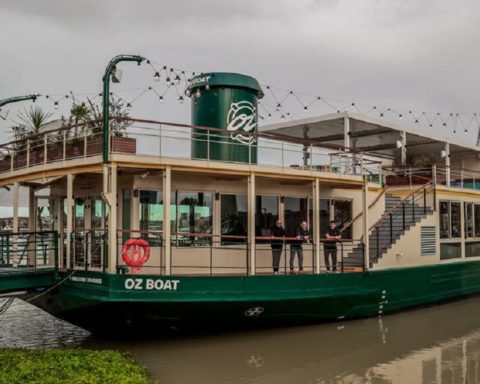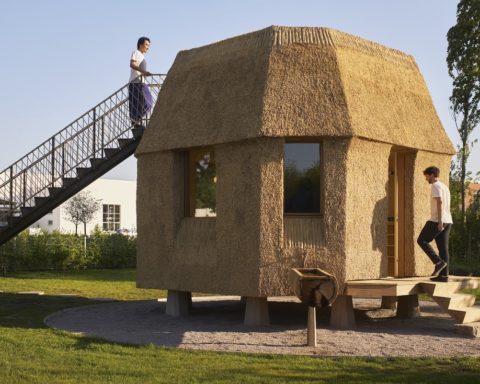More than half of the human population now lives in cities. The rural exodus that has been going on for more than a century now is far from over since geographers estimate that by 2050, the surface area of cities could triple and accommodate up to 70 % of the world's inhabitants. But then what place should be given back to nature and its benefits, in an urban space where living conditions for everyone are deteriorating? This is the whole idea and importance of greening cities.
What does it mean to revitalize the urban, what does it mean?
Remitting nature into the heart of the city. In one simple sentence, this is the leitmotif of those who wish to revegetate urban spaces and of the petitions that flourish to defend this project. And with good reason, access to green spaces contributes directly to improving the health of the inhabitants, by reducing the effects of stress on their daily lives, and above all by depolluting some of the air they breathe.
Scientists are even finding indirect effects related to the presence of plants near you in your daily life, such as an increase in satisfaction with your living environment. Similarly, it has long been known that longevity of life, but also the reduction in the number of cardiovascular or respiratory diseases (and the resulting mortality) is linked to the proximity of the population to nature and plants. It is therefore a question of recreating a living environment that benefits humans by introducing a plant cover providing shade and oxygen in particular, but also by allowing sound and heat insulation in the city, which in particular prevents soil sealing and therefore flooding.
A joint effort that reflects citizenship values
The benefits of revegetation are not only scientific, far from it! Creating and caring for green spaces in the city obviously requires public policies and the allocation of certain budgets to put nature back at the heart of urban space, but also and above all through citizen effort and sharing. Revitalising the urban area means, for example, a group of citizens living in the same neighbourhood deciding to create a shared garden. Maintaining a common space, gardening together is certainly a good way to forge social ties, which is sometimes lacking today for the inhabitants of big cities. Encouraging city dwellers to practice together activities that contribute to their well-being (contact with the earth, outdoor life) contribute to restoring a common and civic goal, that of participating together in the life of the city, while excluding individualism.

The return of green spaces to fight against ambient concreteization
The greening of cities also corresponds to a significant demand from the population for green urban landscapes, new parks, vegetable gardens in the city. One only has to see Parisian parks as crowded back in the summer as a beach on the French Riviera. Citizens are aware that life in the city subjects them every day to different sources of stress such as traffic noise and pollution, and are therefore advocating a return to nature in their living space. For information, the WHO (World Health Organization) estimates that 12m2 of green space is needed per inhabitant in a city.
Citizens' initiatives in major French cities
Paris, Marseille and Rennes, cities in bloom? While municipalities are encouraging citizen initiatives to have a green thumb, some cities are truly original when it comes to going green. Large cities in particular are trying to set an example by encouraging their inhabitants to green public spaces, when they do not already do so on their own.

Paris
The City of Light is not to be outdone in terms of vegetalization since it has simply instituted the permit to vegetalize. This system, which came into force on 30 June 2015, allows anyone who wishes to do so to become a gardener and a player in the greening of Paris. Of course, it is difficult to plant cabbages in the middle of Place Vendôme, but setting up a window box on the corner of a street to grow tomatoes, investing in a tree stand to sow flowers, running climbing plants on a wall, transforming a post into a plant installation, all this is permitted!
Another initiative: the green streets. Between now and 2020, Paris City Hall plans to create twenty "green streets" (one per district). The idea is to create lanes giving priority to pedestrians and cyclists, with plant walls, wooden planting bins, trees, grassed stripes, strips of earth or grassed joint paving stones (to let the grass pass).
Rennes
The permit to vegetate is also in force in Rennes, where everyone can sow seeds and green the walls in public spaces. But the battle horse of the Rennes inhabitants when it comes to green space is... their river. The channelling of the Vilaine in the hypercentre of Rennes is not the most aesthetic, nor the most eco-friendly. To remedy this, some inhabitants had the idea of installing floating gardens. This project was initially experimental and was then retained within the framework of the first participatory budget. The first two green rafts set sail last May for a six-month test. If the experiment is conclusive (resistance to currents, plant development, etc.), they should multiply and more of these river gardens should see the light of day.
Rennes did not wait for the Grenelle Accords and COP21 to show initiative in terms of vegetalisation. In 1999 the city launched the "Embellish our walls" operation initiated by the "Rennes jardins" association in the Ste Thérèse district. An agreement was signed between the city of Rennes and more than 80 inhabitants to enable them to take charge of their immediate environment, to garden the streets of the district so that the walls and pavements would "green with pleasure".

Marseille
In Marseilles, anyone wishing to install and maintain greening elements in public spaces can make a commitment by signing a Charter for the greening of public spaces in order to obtain a temporary occupation permit (AOT) for the public domain, entitled "Green Visa". Unlike in Paris and Rennes, where the purpose of the introduction of the green permit was to raise awareness and encourage young shoots, the Marseilles Green Visa is used to provide a framework for a practice that is already spontaneous and has been in place for several years. Citizen vegetalization has not waited for the approval of elected officials to flourish in municipal planters and on downtown sidewalks.
Louise Terlaud, Web Editor Fournisseur-Energie.com

